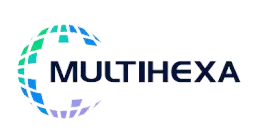Program Description
Industries are increasingly using machine learning to foster innovation in various fields. These technologies are the foundation for creating business intelligence tools, automating workflows, and improving smart manufacturing processes. This curriculum introduces students to the core concepts of computer science and artificial intelligence, teaching them how to design technology solutions that tackle new challenges in different sectors. Students also gain hands-on experience by working on practical projects guided by experienced academics and researchers, helping them build essential skills in this field.

